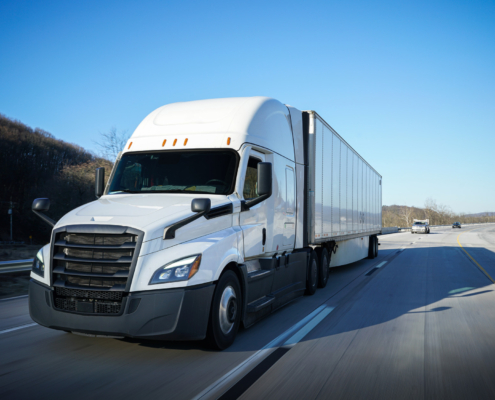Wet Kit for Semi Installs: Differentiating Between Single and 2-Line Wet Kits
Selecting the right wet kit is a key factor impacting efficiency, functionality, and operational costs. Wet kits, or hydraulic systems, enable semis to power external equipment such as pumps, blowers, and hydraulic cylinders. These systems are essential for trucks in industries like construction, agriculture, and bulk transportation, where trailers require hydraulic power for unloading material. Two common configurations for wet kits are single-line and 2-line systems, each serving different purposes.
In this blog, we’ll break down the differences between single-line and 2-line wet kits, their benefits, and how to choose the right one for your trucking needs.












